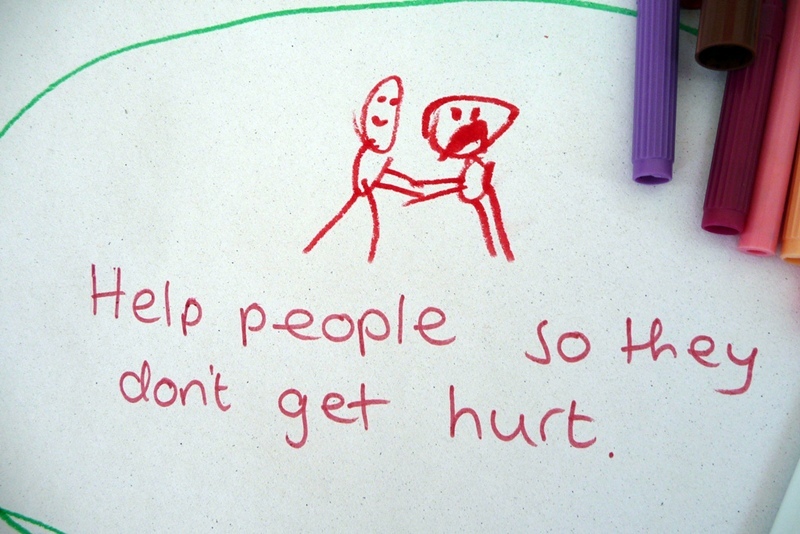A higher percentage of Dundee children are in care than almost anywhere else in Scotland, a new report has shown.
Only Glasgow now has a greater ratio of people under 18 being looked after by the state. The news came as it emerged the number of children in care in Scotland has hit its highest level for almost 30 years.
The Scottish Government’s latest Looked After Children statistics show there were 637 children in care in Dundee on July 31 last year 2.2% of the entire child population. In Angus the figure was 274 (1.2%), while Perth and Kinross had 201 (0.7%) in care and Fife 790 (1%).
There were 3570 children in care in Glasgow 3% of the child population. In all there were 15,892 children looked after by local authorities across Scotland, up by 4% in a year.
Dundee City Council’s social work convener Jim Barrie said increased public awareness about child neglect issues had led to the rise seen in Dundee in recent years.
“Public awareness about these types of issues is much better now,” he said. “We are happy with the services we provide and have had a number of good reports recently.”
The number of children in council care across Scotland has increased every year since 2001 and is at its highest since 1982. It means 14 children in every thousand are in care.
The figures came as children’s minister Adam Ingram announced a new centre for excellence to improve lives and futures of looked-after children. The centre, at Strathclyde University, will provide specialist training for those working with looked-after children and consult with the children so they can shape services.
“The figures show that, while more children are becoming looked after, this is happening earlier in their lives,” said Mr Ingram. “This shows our policies to provide the earliest possible support to children and families are starting to have an impact.
“Looked-after children are among the most vulnerable members of our society. We must continue to do what we can to improve their lives and life opportunities. The creation of a new centre for excellence will help us drive forward improvements in care planning and corporate parenting with those who work with looked-after children and the children themselves.”
Tory spokeswoman Liz Smith said, “The most important issue to tackle longer term are the problems with parenting, which is one of the most acute social difficulties facing our society. In too many cases we are now witnessing the third generation of parents who lack basic parenting skills.”
Labour spokeswoman Karen Whitefield said, “Scotland’s vulnerable young people need to know that their government is on their side and we need to be prepared to intervene in neglectful and abusive families earlier.”
Liberal Democrat spokeswoman Margaret Smith welcomed intervention at an earlier stage in children’s lives.
Photo used under a Creative Commons licence courtesy of Flickr user aaron.bihari
